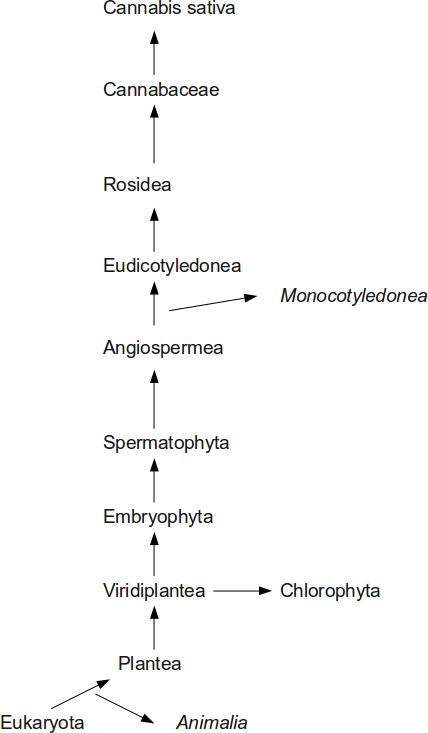hillig defined the biotypes Cannab,,,there are 7 of them,,,,but most people call everything Cannabis Sativa,,,
yo Dr Tre,,,funny you should mention that milk drink,,,my cousins from Pakistan drink that CannaMilk,,,it knocks them on there asses for hours,,,1 of my dogs [huski] drank a small batch not so long ago,, she started-off wobbling and falling over then she couldnt move for about 8 hours,,,her pupils became massive,,,ive got a video of it ,,,,she ate 12 grams of my best weed once too and she was nowhere near as knocked-out as she was with the milk
,,,,she ate 12 grams of my best weed once too and she was nowhere near as knocked-out as she was with the milk
the fats in the milk act like a solvent,,,,the rudy oviously has some active componants
yo Dr Tre,,,funny you should mention that milk drink,,,my cousins from Pakistan drink that CannaMilk,,,it knocks them on there asses for hours,,,1 of my dogs [huski] drank a small batch not so long ago,, she started-off wobbling and falling over then she couldnt move for about 8 hours,,,her pupils became massive,,,ive got a video of it
the fats in the milk act like a solvent,,,,the rudy oviously has some active componants







